Summary Overview
Mail Room Services Market Overview:
The global mail room services market is steadily expanding, driven by increased demand in areas such as banking, legal, healthcare, education, and logistics. This industry offers a diverse range of services, from physical mail handling and document digitalization to automated delivery systems and secure distribution solutions. Our most recent research provides an in-depth examination of procurement trends, with a particular emphasis on cost-effectiveness and the use of digital technologies to expedite mailroom processes. Organizations are choosing contemporary, technologically advanced mailroom solutions to increase efficiency, communication, and assure safe and timely document handling
Key problems include managing installation costs, growing services to match corporate development, maintaining confidentiality, and integrating new systems with existing infrastructure, to overcome these challenges, businesses are turning to digital transformation, outsourced solutions, and strategic vendor relationships to increase operational efficiency and long-term resilience. As global demand grows, market information and proactive procurement strategies are becoming more important tools for maximizing performance, reducing risks, and delivering long-term value across the company.
Market Size: The global Mail Room Services market is projected to reach USD 3.29 billion by 2035, growing at a CAGR of approximately 8.4% from 2025 to 2035.
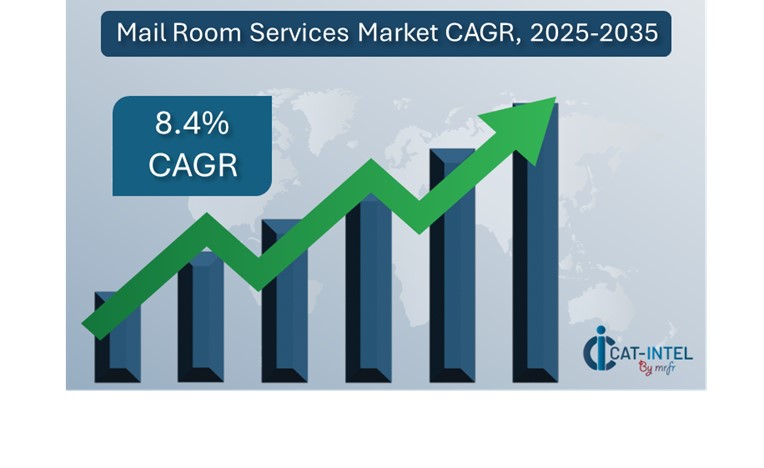
Growth Rate: 8.4%
Sector Contributions: Growth in the market is driven by:
-
Manufacturing and Supply Chain Optimization: There is a growing demand for real-time document tracking and integrated communication solutions to improve logistics and operations.
-
Retail and E-Commerce Expansion: There is an increased demand for safe package handling, rapid returns processing, and seamless last-mile delivery support.
-
Technological Transformation: New technologies such as automation, optical character recognition (OCR), and AI-powered routing are changing mail room tasks for speed and precision.
-
Innovative Delivery Models: Modular mail room services enable enterprises to expand and adjust based on unique requirements, lowering complexity and expense.
-
Investment Initiatives: Businesses are making strategic investments in cloud-based mail room management technologies to provide remote monitoring, digital recordkeeping, and contactless document handling.
-
Regional Outlook: Asia Pacific and North America dominate the market due to sophisticated infrastructure and widespread use of digital mail systems.
Key Trends and Sustainability Outlook:
-
Cloud-Based Integration: There is a rapid move to cloud-enabled mail room technologies for real-time tracking, cost savings, and increased data accessibility.
-
Technology-Driven Operations: AI, IoT, and machine learning provide predictive delivery scheduling, intelligent routing, and automated mail sorting.
-
Sustainability Goals: Organizations use digital mail room services to minimize paper waste, lower carbon emissions, and assure environmental compliance.
-
Customization and Sector Fit: There is an increasing need for mail room solutions that are adapted to the specific demands of industries such as healthcare, legal, and finance.
-
Data-Driven Decision-Making: Analytics technologies are being used to monitor mail flow, assess efficiency, and improve performance.
Growth Drivers:
-
Digital Transformation: Businesses are adopting digital mail solutions to increase efficiency and minimize dependency on manual operations.
-
Demand for Automation: Automated mail processing solutions reduce bottlenecks and shorten delivery times.
-
Scalability and Flexibility: Scalable mail room services guarantee that operations run smoothly as businesses expand and adapt.
-
Compliance & Security: Secure document management and digital audit trails enable firms to confidently satisfy regulatory criteria.
-
Global Business Expansion: Multinational corporations need mail room suppliers with a worldwide reach and localized service offerings.
Overview of Market Intelligence Services for the Mail Room Services Market:
Organizations confront persistent issues such as high startup costs, service-level unpredictability, and the requirement to integrate with current infrastructure. Market intelligence services offer useful insights into procurement patterns. Identifying potential for cost savings, vendor consolidation, and improved service quality. These insights help to improve compliance and operational efficiency while reducing risks throughout the supply chain.
Procurement Intelligence for Mail Room Services: Category Management and Strategic Sourcing
To be competitive, procurement teams are implementing category management strategies for mail room services. Strategic sourcing activities, supported by performance data and spend analytics, are critical for maximizing supplier relationships, obtaining better terms, and maintaining consistent service quality. Actionable intelligence enables firms to make more informed decisions that increase value and efficiency over time.
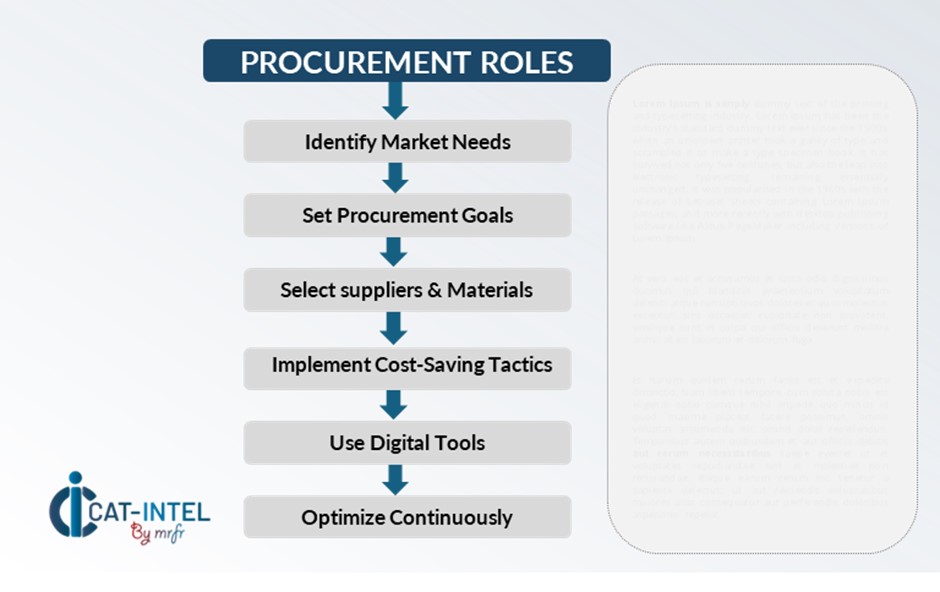
Pricing Outlook for Mail Room Services: Spend Analysis
The pricing environment for mail room services is projected to remain somewhat dynamic, driven by changing operational demands and technological advancements. Automation tool adoption, digital mailroom transformation, customisation requests, and regional cost variances are all key pricing factors.
Graph shows general upward trend pricing for Mail Room Services and growing demand. However, there may be fluctuations influenced by economic conditions, technological advancements, and competitive dynamic.
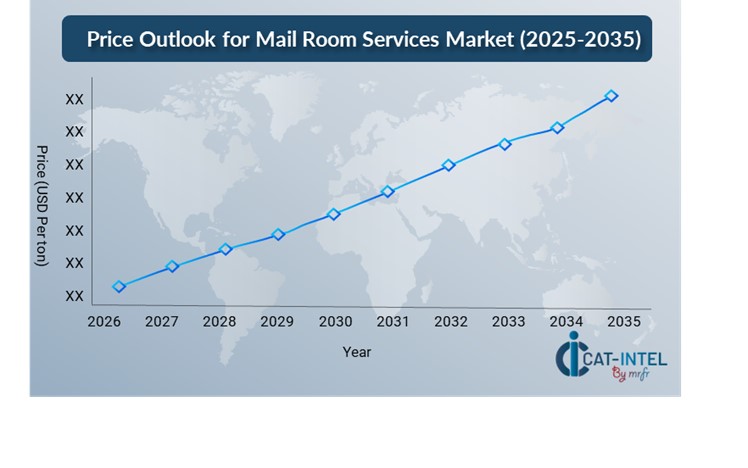
To efficiently control costs, firms prioritize procurement efficiency, vendor performance management, and the adoption of modular service models that scale with business requirements. Digital procurement solutions, such as market monitoring platforms, pricing analytics, and contract lifecycle management systems, are proving critical in generating cost savings.
Partnering with reliable mail room service providers, negotiating long-term agreements for pricing stability and value-added services, and investigating subscription-based and usage-driven pricing models for flexibility and scalability Despite escalating service expectations, businesses may retain cost-effectiveness and operational excellence by investing in cloud-based mailroom platforms, guaranteeing seamless connectivity with current systems, and prioritizing flexible, future-proof solutions.
Cost Breakdown for Mail Room Services: Total Cost of Ownership (TCO) and Cost-Saving Opportunities
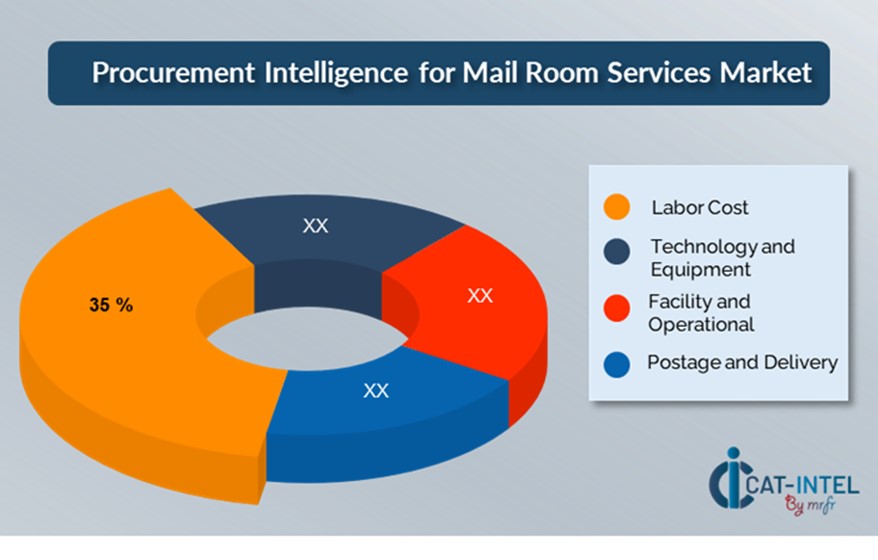
- Labor Cost: (35%)
-
Description: Labor expenditures are usually the main component of mail room expenses. These costs include salary, benefits, and training for employees who handle, sort, and process mail.
-
Trend: Automation and outsourcing are lowering labour expenses. Many businesses are switching to digital mailrooms using RPA (Robotic Process Automation) for document processing, which reduces the need for manual labour.
- Technology and Equipment: (XX%)
- Facility and Operational: (XX%)
- Postage and Delivery: (XX%)
Cost-Saving Opportunities: Negotiation Levers and Purchasing Negotiation Strategies
In the mail room services industry, simplifying procurement procedures and utilizing strategic bargaining strategies can result in significant cost reductions and operational benefits. Long-term collaborations with service providers, particularly those delivering digitally enabled and scalable solutions, can result in more advantageous pricing, such as volume discounts and packaged service offers. Adopting subscription-based pricing structures and engaging into multi-year service agreements allow businesses to lock in reduced rates, improve price predictability, and safeguard against future cost rises.
Working with mail room contractors who prioritize innovation, automation, and flexibility results in long-term value through lower labor costs, faster turnaround times, and higher service quality. The use of digital procurement technologies, such as contract lifecycle management systems and real-time use data, improves service visibility, reduces inefficiencies, and avoids overutilization. These solutions also assist firms track compliance and optimize service scope and expense. Implementing a multi-vendor strategy rather than depending on one provider can decrease operational risks such as service disruptions, boost negotiating power, and increase flexibility in procuring region-specific or specialised services.

Supply and Demand Overview for Mail Room Services: Demand-Supply Dynamics and Buyer Intelligence for Effective Supplier Relationship Management (SRM)
The mail room services market is steadily expanding, driven by an increased emphasis on digital transformation, secure document handling, and operational efficiency in industries such as manufacturing, retail, banking, and healthcare. Technology innovation, specialized service requirements, and regional economic situations all have an impact on the shifting environment.
Demand Factors:
-
Digital Transformation Initiatives: Organizations are updating their internal operations by digitizing physical postal procedures and automating document workflows.
-
Cloud-Based Mailroom Solutions: The rise of cloud-enabled platforms for remote access and centralized document monitoring is increasing demand for subscription-based, scalable mailroom solutions.
-
Industry-Specific Compliance Needs: Highly regulated industries, such as healthcare and law, require mail room services that are compliant with data protection regulations and secure document management processes.
-
Integration of Enterprise Systems: A growing need for mailroom technologies that interact easily with business software, CRM systems, and digital recordkeeping platforms.
Supply Factors:
-
Technological Advancements: Automated mail sorting, AI-based routing, OCR (optical character recognition), and IoT-enabled tracking are examples of innovations that improve service quality and competition.
-
Diverse Provider Ecosystem: A diverse mix of conventional, technologically advanced, and industry-specific service providers guarantees a wide variety of alternatives and specialization.
-
Global Economic Conditions: Mail room service pricing and availability vary by market due to factors such as exchange rates, regional labor costs, and infrastructural development.
-
Scalable and Modular Service Models: Providers are developing modular mailroom systems that expand with business development, catering to the demands of both small and large businesses.
Regional Demand-Supply Outlook: Mail Room Services
The Image shows growing demand for Mail Room Services in both Asia Pacific and North America, with potential price increases and increased Competition.
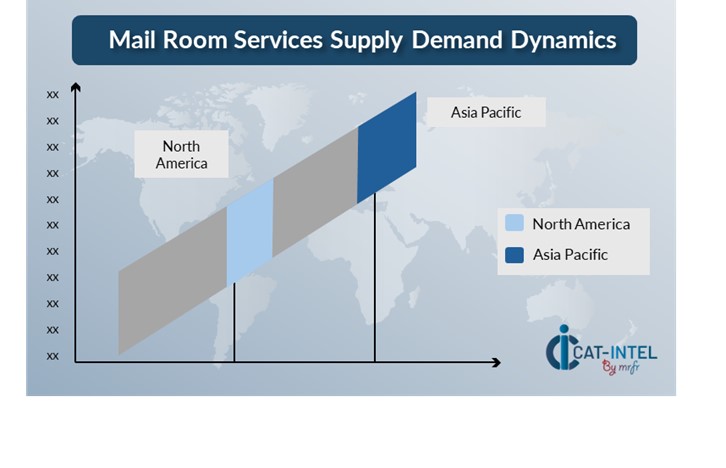
Asia Pacific: Dominance in the Mail Room Services Market
Asia Pacific, particularly East Asia, is a dominant force in the global Mail Room Services market due to several key factors:
-
Rapid Digital Transformation: Many Asia-Pacific countries are rapidly digitizing their governmental and business sectors.to increase productivity, decrease bureaucracy, and facilitate remote or hybrid work arrangements.
-
Growth of the Outsourcing and BPO Sectors: As more businesses outsource back-office tasks, demand for professional mail room services grows, notably in India, the Philippines, and Malaysia.
-
Growing Enterprise Ecosystem: The area is home to a rapidly expanding number of businesses in fields including as banking, healthcare, manufacturing, and e-commerce, all of which demand efficient document management and secure communication.
-
Cost-Effective Labor and Infrastructure: With lower labor and operational expenses throughout most of the area, organizations may build outsourced or hybrid mail room services in Asia-Pacific at a reasonable cost.
-
Government Projects and Smart City Projects: Many Asia-Pacific governments are investing in smart infrastructure and e-governance projects, such as digital mailroom systems to improve public service delivery.
Asia Pacific Remains a key hub Mail Room Services Price Drivers Innovation and Growth.
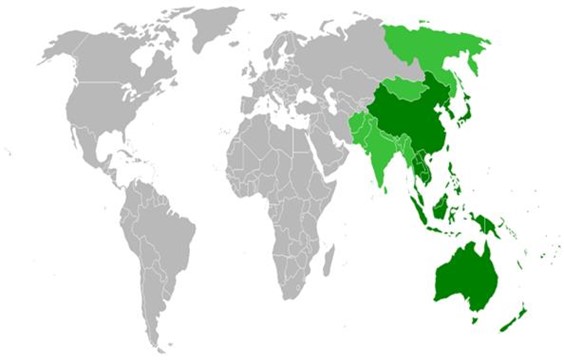
Supplier Landscape: Supplier Negotiations and Strategies
The mail room service industry has a diversified and competitive provider environment, consists of both worldwide service providers and localized experts that jointly define price structures, service delivery standards, and levels of innovation in the sector. Larger, more established suppliers provide comprehensive mail room solutions, including automated document handling, digital mailroom transformation, and cloud-based distribution systems.
Niche vendors, on the other hand, provide bespoke services for certain industries, such as legal, healthcare, or financial services, with expertise in compliance, secure handling, and workflow automation. As businesses emphasize digital transformation, mail room service providers are innovating to accommodate more adaptable, cloud-enabled, and scalable service models. Suppliers are fast adjusting to assist organizations increase efficiency, security, and cost management in their document and communications infrastructure, with offers ranging from subscription-based to modular.
Key Suppliers in the Mail Room Services Market Include:
- Ricoh
- Swiss Post Solutions
- Iron Mountain
- Canon Business Process Services
- Pitney Bowes
- Xerox
- TPG - The Print Group
- Data Security Inc
- Buro Happold
- NeoPost
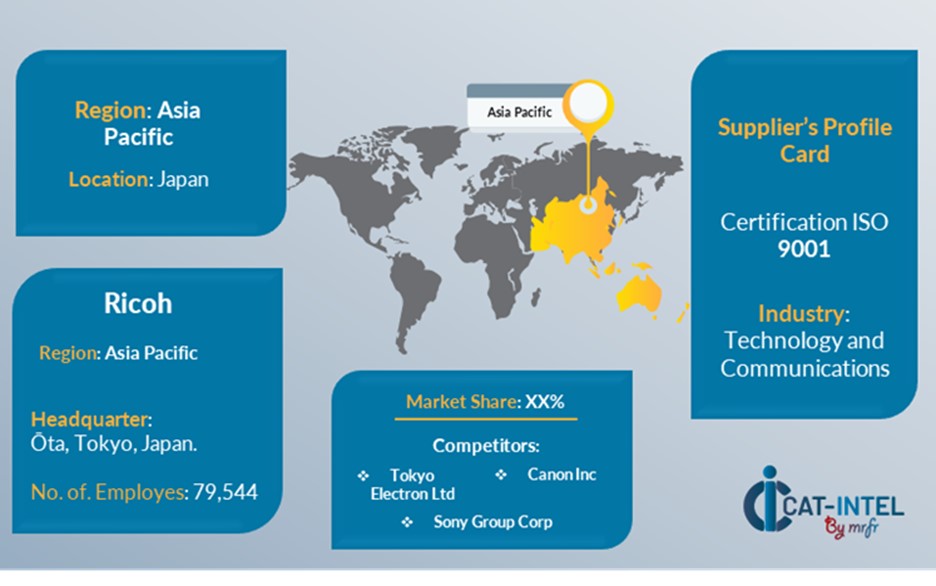
Key Developments Procurement Category Significant Development:
Significant Development |
Description |
Market Growth |
The mail room services market is rapidly expanding, driven by increased need for expedited document processing, secure communications, and efficient logistics—particularly in banking, healthcare, and legal industries.
|
Cloud Adoption |
Organizations are increasingly using cloud-based mail room technologies to facilitate remote processes, increase document traceability, and save infrastructure costs. |
Product Innovation |
AI-driven mail sorting, digital document conversion, and bespoke delivery processes are being introduced by providers to meet industry-specific regulatory and operational requirements. |
Technological Advancements |
Machine learning, IoT-based tracking, and automated distribution systems are being integrated to improve mail room efficiency by allowing for predictive delivery scheduling and real-time monitoring. |
Global Trade Dynamics |
Changes in global compliance requirements and regional delivery restrictions have an impact on outsourcing trends and the adoption of technology-enabled mail room solutions, particularly in multinational firms. |
Customization Trends |
Businesses are looking for modular mail room services that interact with current enterprise systems and provide flexibility, customization, and scalable deployment choices across departments or locations. |
Mail Room Services Attribute/Metric |
Details |
Market Sizing |
The global Mail Room Services market is projected to reach USD 3.29 billion by 2035, growing at a CAGR of approximately 8.4% from 2025 to 2035.
|
Mail Room Services Technology Adoption Rate |
Approximately 65% of mid-to-large businesses have implemented some type of digital or outsourced mail room solution, with a significant preference for fully automated and cloud-based solutions.
|
Top Mail Room Services Industry Strategies for 2025 |
Important methods include automating mail intake and delivery operations, improving document security, allowing hybrid mail solutions, and integrating mailroom tasks with enterprise content management (ECM) systems.
|
Mail Room Services Process Automation |
Over 50% of current mail room operations today use automation technologies like OCR, barcode tracking, and intelligent routing, which considerably improve speed and accuracy.
|
Mail Room Services Process Challenges |
High initial setup costs, integration issues with legacy systems, data protection concerns, and organizational opposition to moving away from traditional mailroom settings are all significant hurdles.
|
Key Suppliers |
Ricoh, Swiss Post Solutions, and numerous regional digital mailroom experts provide customized solutions.
|
Key Regions Covered |
Strong adoption in Asia-Pacific and North America, fueled by the legal, healthcare, and financial services sectors. Emerging markets are expanding due to greater digitalization and compliance requirements.
|
Market Drivers and Trends |
The demand for operational efficiency, safe document management, the rise of hybrid work environments, and the integration of technologies such as AI, IoT, and cloud platforms all contribute to growth.
|








